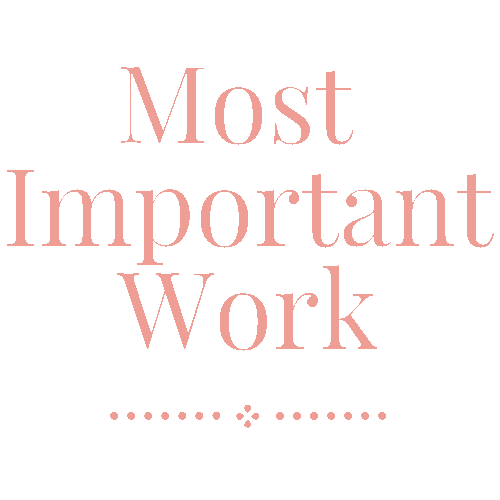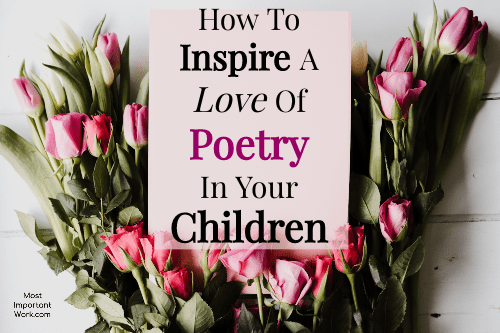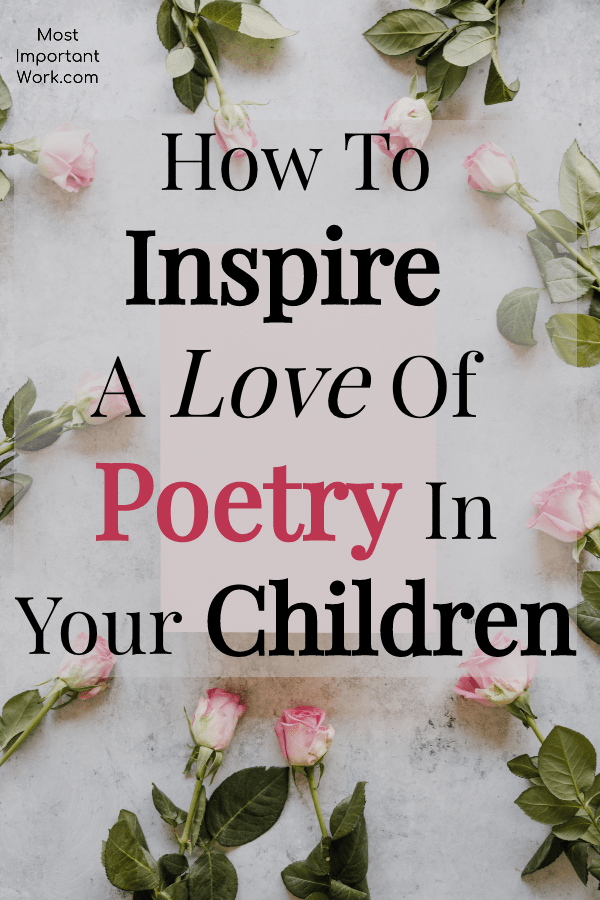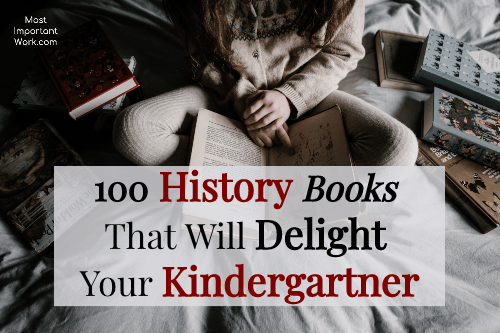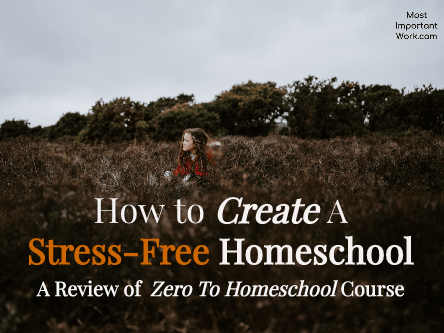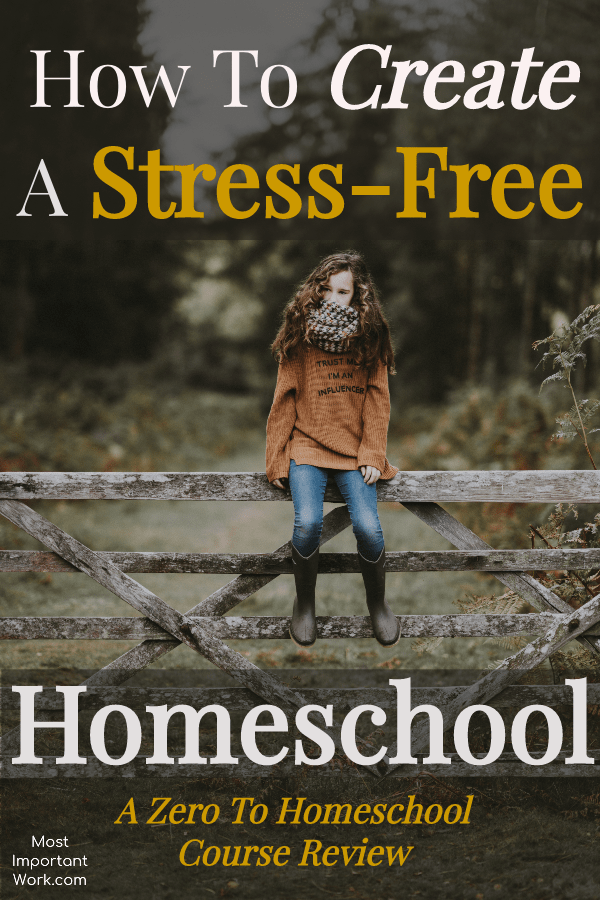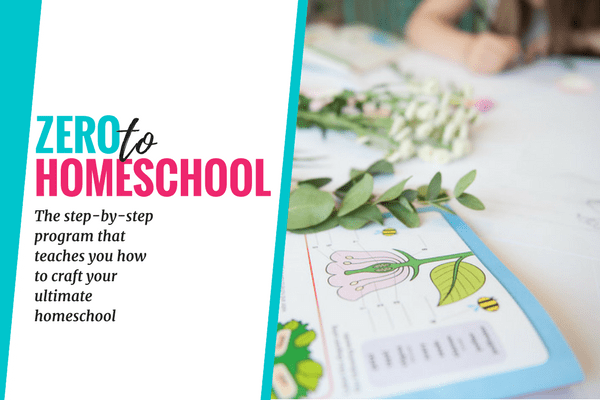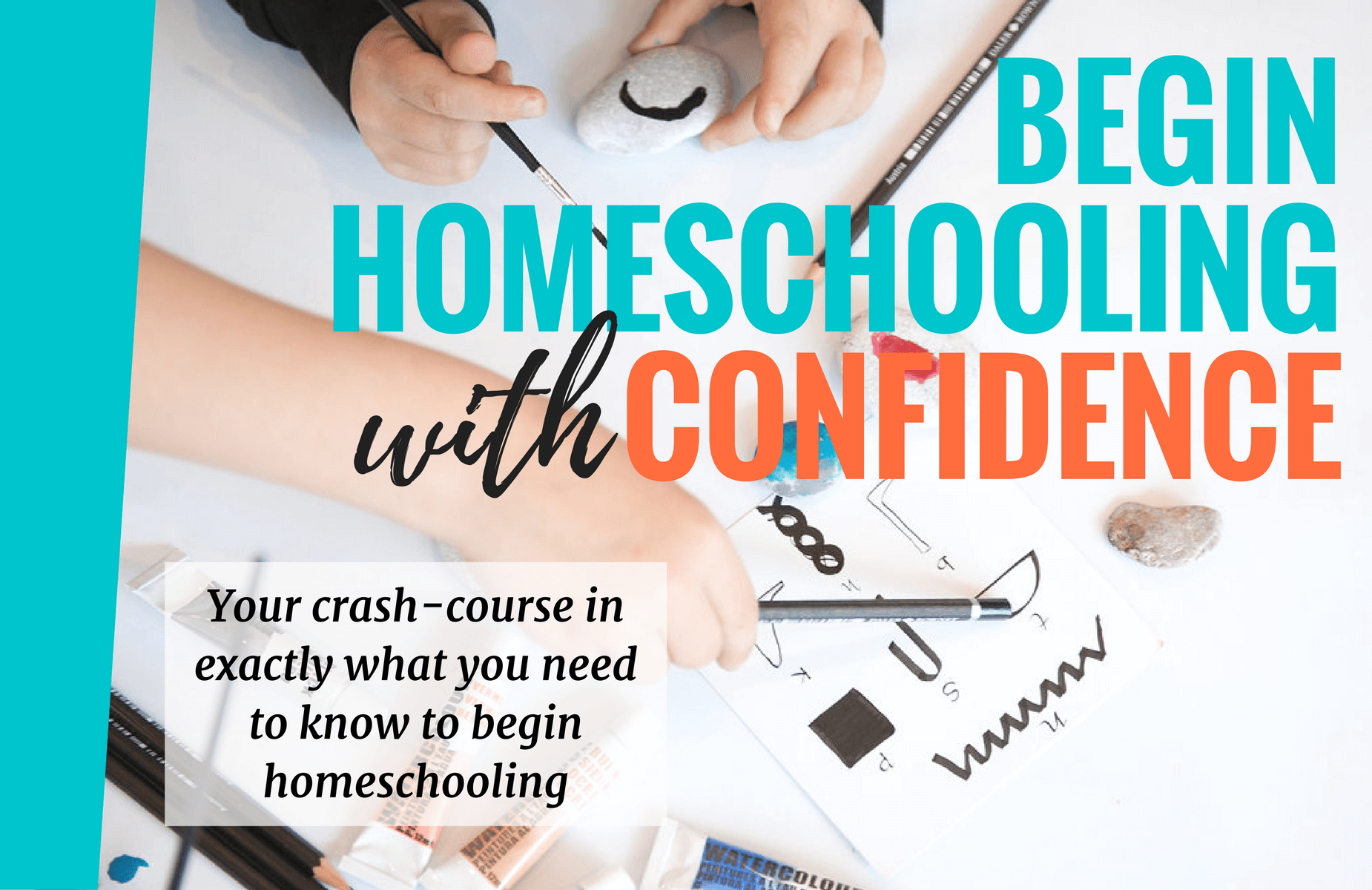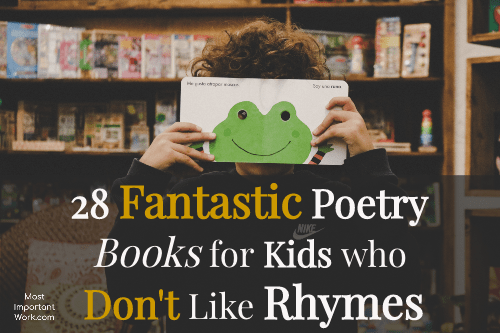
28 Fantastic Poetry Books for Kids Who Don’t Like Rhymes
Reading Time: 2 min 1 sec
There is something magical about poetry books for kids. Poetry can spark your imagination, let you envision worlds the eye cannot see, and it can stir your heart with its powerful emotion. Poetry strips away time and space and allows you to experience the world in whole new ways.
The thought of poetry can strike most of us with feelings of inadequacy. Why does poetry have to feel so complicated? We were all taught that within poetry is this hidden message that if you are reflective (and brilliant) you will be able to grasp its meaning. It doesn’t work. I reflected the fool out of more poems than I can count and I still walked away scratching my head.
Why does something so beautiful need an army of interpreters?
So, I staged a revolt. I knew that if I waited until I felt confident, I would NEVER introduce my children to poetry. So, we started out our poetry journey by taking small steps. Even though I promptly made a ton of mistakes, I learned a couple of things along the way.
Set yourself up for success by starting with picture books written in rhyme. Not only are the pictures mesmerizing but the cadence of the words makes it a very easy read. After you feel confident, add beautiful poetry books for kids that are short, funny, and relatable. Here is one of our favorite poems called The Naughty Four O’Clocks by Laura Ingalls Wilder.
“There were some naughty flowers once, who were careless in their play;
They got their petals torn and soiled
As they swung in the dust all day.
They went to bed at four o’clock
With faces covered tight, To keep the fairy Drop O’ Dew
From washing them at night.
Poor Drop O’Dew! What could she do? She said to the Fairy Queen,
“I cannot get those Four O’Clocks, To Keep their faces clean.”
The mighty Storm King heard the tale; “My winds and rain,” roared he,
“Shall wash those naughty flowers well, As flowers all should be.”
So raindrops came and caught them all
Before they went to bed, And washed those little Four O’clocks
At three o’clock instead.”
Flowers who are tricked into taking a bath? What could possibly be more captivating than that? 🙂 The poem is simple, imaginative. and colorful. It struck delight in the hearts of my children. You can check out this article to find out my requirements for choosing beautiful poetry books.
My goal is to help my children fall in love with poetry. To accomplish that objective, I want to remove all the stumbling blocks that might interfere. Does that mean that my children will never be able to appreciate the finer nuances of poetry? No, but it does mean that in the early years we are intentional about establishing a strong foundation of curiosity and delight.
Here are twenty-eight suggestions to help you get started in developing a love of poetry for kids in your homeschool. These are all books that we have read together and enjoyed.
1. Favorite Poetry Books For Kids
2. Picture Poetry Books For Kids
3. Short Poetry Books For Kids
4. Poetry Books For Older Kids
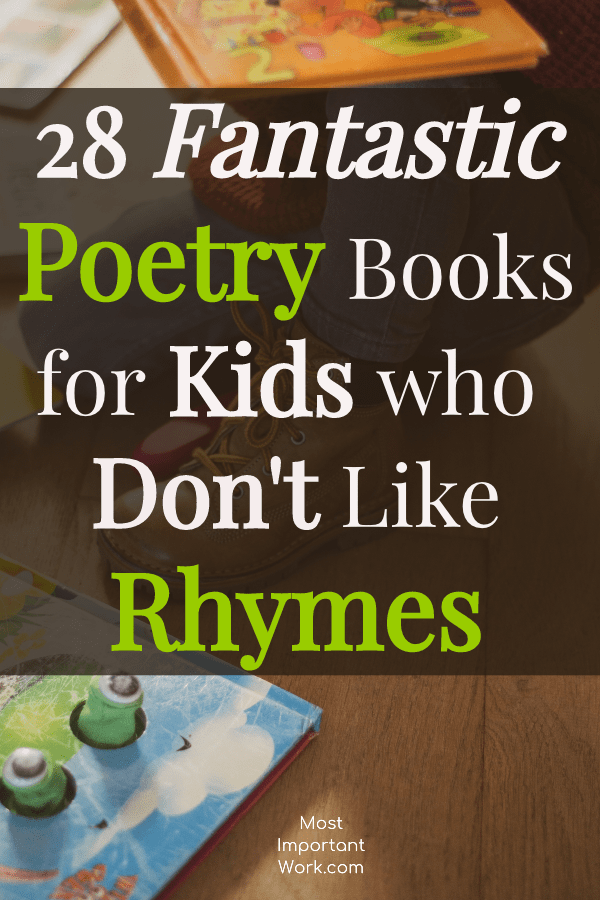
1. Favorite Poetry Books For Kids
2. Picture Poetry Books For Kids
3. Short Poetry Books For Kids
4. Poetry Books for Older Kids
Are you wondering HOW do you actually get started homeschooling? Join our community of moms who want to invest in the lives of their children through homeschooling. I also created a 10 Tips to Finding Excellent Curriculum form to help you on your journey.
What about you? What are your favorite poetry books for kids? Leave a comment, and don’t forget to follow Most Important Work on Pinterest!
